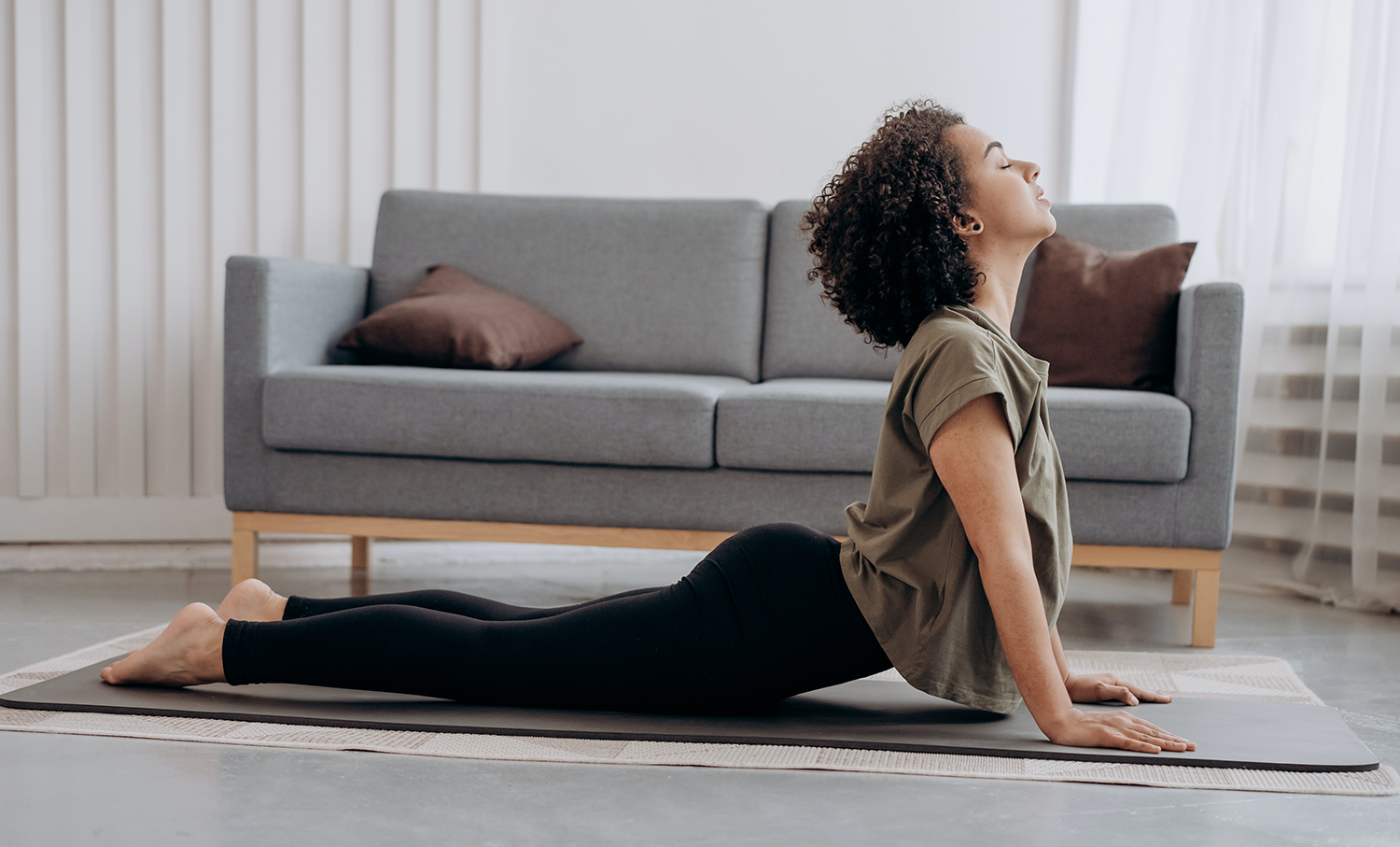When you experience pain for any reason, whether acute or chronic, your ultimate goal is to get better.
Whether you’re involved in a car accident that leads to back and neck pain, or you have pain because of another health condition like rheumatoid arthritis, it can significantly impact your functionality and quality of life.
When you’re dealing with pain, along with medications and more traditional treatments, you can also make lifestyle changes that will alleviate symptoms and help you recover more quickly.
Getting gentle physical exercise can help your body feel better and can also release dopamine and other feel-good chemicals into your brain, which can boost your recovery too.
Yoga is an excellent option for pain relief, and it helps with flexibility and strength, yet it’s also a gentle workout that can be adapted to any fitness level.
The following are the key things to know about yoga for pain relief, but also how to generally get into practice to benefit your health and life.
Yoga Basics
Yoga includes a combination of movement, stretching, breathing, and mediation. It’s certainly not new, having come to America from India more than 100 years ago. There are spiritual and physical benefits.
Some of the general benefits of a yoga practice include:
- Increased strength
- Reduced pain
- Better balance and coordination
- Mood improvements
- Less anxiety and depression
- Stress management
- Better quality of sleep
There are many types of yoga that you can experiment with to find what works for you.
If you’re a beginner, Hatha yoga may be a good option because it’s slower-paced than some other types.
Vinyasa, power yoga, and Ashtanga are often more challenging. Hot yoga is increasingly popular because you practice in studios up to 104 degrees. If you can take the heat, it can help you get deeper into poses and provide you with more pain relief.
Elements of yoga to be aware of include:
- Breathing: There’s a big emphasis on breathing in yoga, so whether you take a class online or in-person, you’ll hear a lot about controlling your breathing. Learning how to manage your breathing has benefits, including mindfulness and also decreased blood pressure.
- Posses: The most common poses are downward dog and child’s pose. You’ll also likely do sun salutations and warrior poses.
- Props: Sometimes called props, you may want to bring blocks or blankets to practice yoga because they can help you get into the postures and hold them more effectively. A strap, compatible yoga pants, and a mat are also often needed.
More About Health Benefits
Below is more information about the particular health benefits of yoga, some of which are mentioned above.
- When you’re going through the slow movements of yoga and practicing deep breathing, it helps your blood flow, and it warms up your muscles. When you hold poses, it helps build strength and tone your muscles.
- Yoga is great for people with back pain and especially lower back pain. It can relieve the pain itself and help improve your mobility. There’s a recommendation from the American College of Physicians that people consider yoga as a first-line treatment for low back pain that’s chronic.
- If you have arthritis, yoga can help ease your discomfort.
- Practicing yoga regularly can help lower your stress and eliminate widespread chronic inflammation. This can help with heart health and lowering inflammation reduces your risk of developing most types of chronic illnesses.
- If you practice yoga, especially a little while before you plan to head to bed, it can help you fall asleep and stay asleep.
- You may find that you’re more energetic mentally and physically after getting into a regular yoga routine.
How Yoga Specifically Helps Pain
If you have pain, and especially chronic pain lasting for more than 12 weeks, yoga can have some specific benefits.
First, it can help reduce your perception of the pain. You can learn how to disconnect your negative emotions from pain, which will help you have a more positive outlook toward your situation.
As was touched on above, yoga reduces inflammation. When you reduce inflammation, it helps with pain because that inflammation is often the root cause of pain.
If you’re regularly practicing, it can help you improve your range of motion and flexibility.
Tips for Beginners
If you’re considering yoga to help you with pain, there are many apps and videos you can do on your own at home. This can be a good idea as you’re starting because it gives you the chance to try different styles and see what works for you before you commit to going to an in-person class.
You may also be less intimidated if you start at home and work your way up.
If you practice, make sure that you’re not pushing yourself beyond what feels comfortable for you. Everybody is different, and it takes patience to work your way up to some of the things you might do in a yoga class, especially if you’re experiencing pain.
If you feel pain related to a posture or pose itself or any kind of pinching, slowly bring yourself out of it.
If you have pain, there are modifications you can use in your practice to improve your safety and comfort. Often, teachers in online and in-person classes will offer modifications in everything they do.
Most yoga sessions last anywhere from 45 to 90 minutes, but even just 10 minutes a day is going to have benefits. You have to start somewhere.
Sessions usually begin with some breathing exercises so you can get focused and centered. Then, you may do a combination of seated and standing poses. You’ll probably end your session with more breathing and meditation and perhaps gratitude.
If you’re someone dealing with pain, talk to your doctor about whether yoga could be suitable for you. You never want to do anything to worsen your symptoms, but often yoga does quite the opposite.







